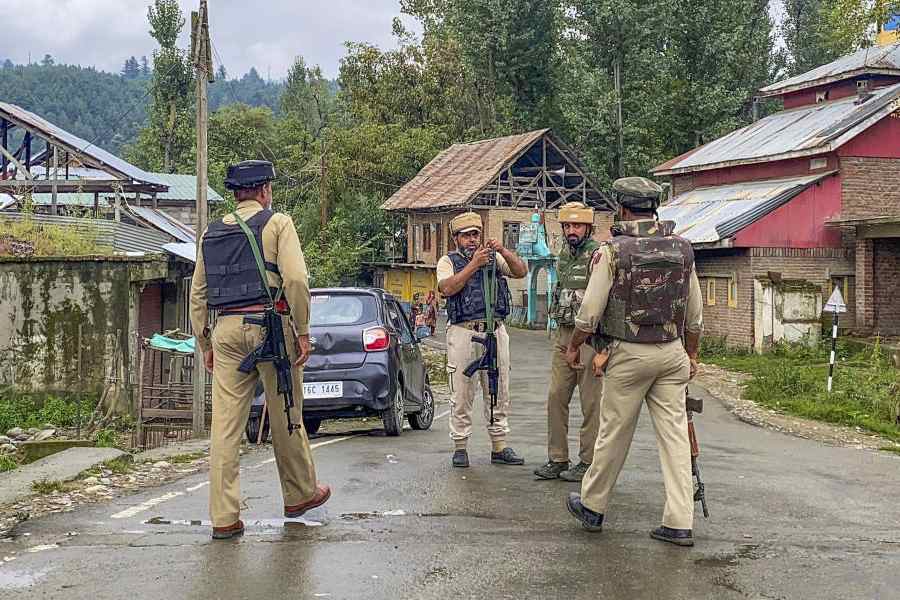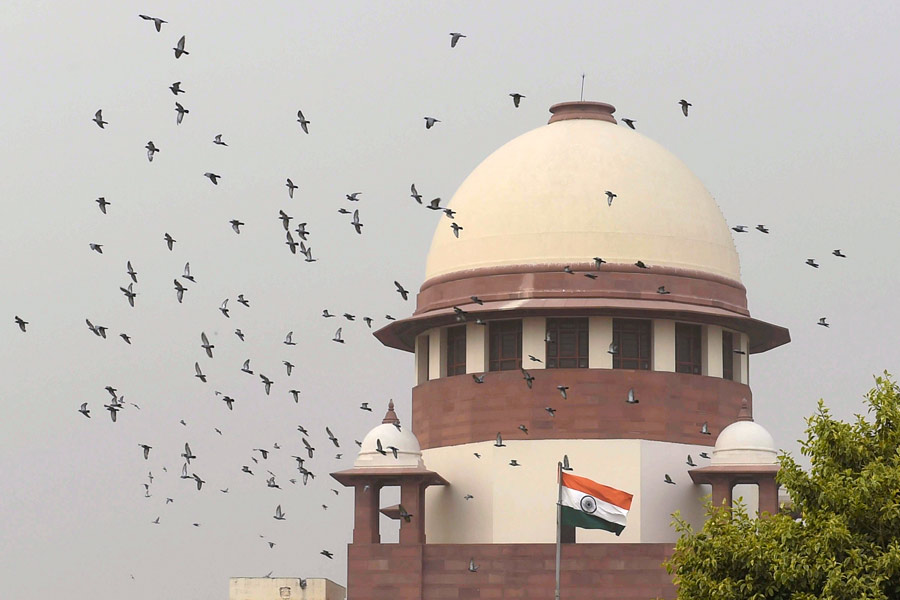 |
| The Kulik bird sanctuary near Raiganj |
Siliguri, Feb. 2: The Kulik bird sanctuary and the Farakka barrage figure in a list of 135 wetlands drawn up by the Bombay Natural History Society for their protection under an international treaty.
The BNHS has said in a study that all the 135 waterbodies should be declared Ramsar sites under the Convention on Wetlands of International Importance.
Eighteen countries had taken part in the first international convention on wetlands in Ramsar, Iran, in 1971 and signed a treaty for the conservation of waterbodies. India joined the convention in 1982 and today, the number of signatories is 160.
The BNHS has advocated that the Kulik sanctuary and the Farakka barrage should be enlisted as Ramsar sites, considering that both the sites are known to be important waterfowl habitats.
“In India, only 25 wetlands have been recognised as Ramsar sites though we have found that at least 160 spots can be conferred the status. These wetlands need to be conserved as they not only support huge bird populations but also serve as vital source of natural drinking water, irrigation and ground water recharge. Dumping of waste and debris and poaching are some of the major threats to wetlands and birds,” said Asad Rahmani, the director of the BNHS.
Rahmani is the co-author of the book Potential and Existing Ramsar Sites in India written in 2008 with M Zafar Ul Islam.
The BNHS recommendations came even as the World Wetlands Day was observed today.
 |
| The Farakka barrage in Murshidabad |
Chilka, Bhitarkanika (both in Orissa), Wular Lake (Jammu and Kashmir), the Keoladeo National Park (Rajasthan) and Loktak lake (Manipur) are among the 25 Ramsar sites in India at present. The East Calcutta Wetlands is the only Ramsar site in Bengal and that was given the tag in 2002.
Birds like Baer’s pochard, Pallas’s fish eagle, black-necked stork and lesser adjutant stork can be sighted in Farakka barrage in Murshidabad district.
Several wetlands like Nischindagram and Parmadangram are located in Farakka.
Kulik sanctuary near Raiganj is spread across 1.3sqkm and it hosts migrants like open-bill stork, cormorant, night heron and egret.
The BNHS is one of the top institutes catering for nature conservation in India and its recommendations will be attached much weight by the convention, say environmentalists. “If Kulik and Farakka are declared Ramsar sites, funds will flow from national and international agencies to protect the wetlands and the government will be legally bound to check encroachment and take various other steps for the conservation,” said a BNHS source.
Some of the other sites identified by the BNHS in eastern India for their protection under the convention are Bordoibam-Bilmukh sanctuary in Lakhimpur and Chandubi lake at Kamrup (both in Assam), the Kursela river in Katihar and Udhuwa lake in Sahebganj (both in Bihar).
Environmentalists in north Bengal have welcomed the BNHS’s recommendations.
“It is definitely a laudable move to conserve these wetlands where thousands of birds can be spotted. However, we would like to draw the attention of the BNHS to Gajaldoba in the Teesta barrage area, which is also an important wetland that deserves to be declared a Ramsar site,” said Animesh Bose, the programme co-ordinator of the Siliguri-based Himalayan Nature and Adventure Foundation.
Teesta barrage is 5km from Siliguri.










